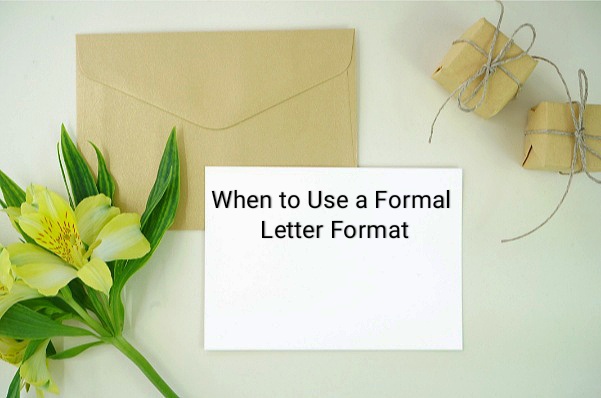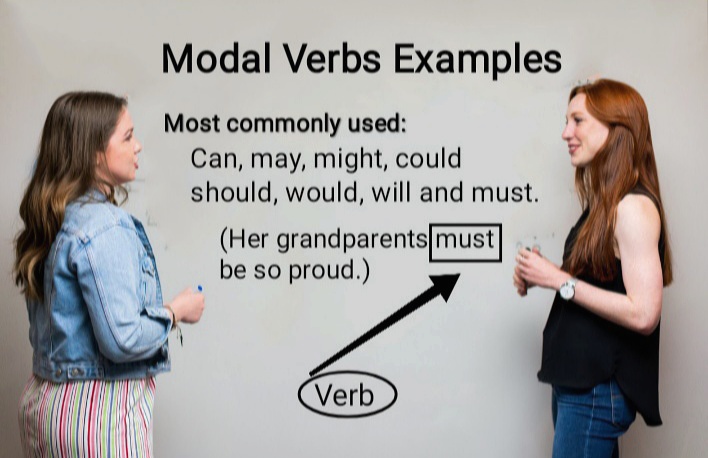Transformation of Assertive Sentences into Imperative Sentences
Learn the rules/ techniques of sentence change from firm to assertive sentences as an essential part of sentence conversion in English Grammar. In this tutorial, you will see the most effective techniques for converting from assertive sentences to imperative sentences and from imperative sentences to assertive sentences interchangeably.

Here you need to change the sentence structure but their meaning should be the same. You have already seen that we have discussed the basic structure of sentence conversion and other parts of it, such as affirmative to negative sentences, assertive to interrogative sentences, and assertive to exclamatory sentences in the English. Now, it’s all about turned assertive to imperative sentence.
Now, I would like to discuss the basic rules/ techniques of assertive to imperative transformation as one of the advanced grammar lessons. There are only 5 rules by which you can do this easily. But, before moving on to the rules, you must have a clear idea of the meaning and structure of both assertive and imperative sentences.
So, here are a few words about assertive and imperative sentences.
What Is Assertive Sentences?
Sentences that simply claim, express, declare or say something are called assertive sentences. These are also called declarative sentences and statements. Simply put, such sentences only provide information about something. The information provided may be in any case. It can be an event, phenomenon or idea. Such sentences end or finish with a full stop (.). Most English sentences belong to this category.
Examples Assertive Sentences
- His fans like him.
- He is a humble man.
- She plays with emotion.
- I like him for his intensity.
- Alex is a good Cricket player.
- She is a real fighter and singer.
- He plays for the Rockers team.
- He is popular among his friends.
- He feels awkward with strangers.
- Smith has many fans in his locality.
- His brother was a lawyer and writer.
- She is a very good leader in the club.
- When he was young, his mother died.
- His sister raised him to be a gentleman.
- He always gives his best effort in the team.
- She is always humble and calm with his fans.
- Alex feels awkward when someone compliments him.
- He has succeeded by fighting against all the adversities of life.
What Is Imperative Sentences?
Sentences that express advice, orders, requests, orders, suggestions, proposals, seeking permission, etc. are called imperative sentences. Usually, the subject 'you' is understood in such sentences but is not expressed. Content can be expressed when the speaker specifically mentions or emphasizes who he or she is addressing. Such sentences end with a full stop. However, if the speaker expresses any emotion or excitement, exclamation points may be used at the end of such sentences.Examples of Imperative Sentences
- Stop run fast.
- Don't go there.
- Go there now.
- Come here now.
- Study attentively.
- Do the work now.
- You can go there.
- You tell them now.
- Let me do the job.
- Let him do the job.
- Take care of our-self.
- Please help me dear.
- Let them go now here.
- Tell me the English story.
- Read Jangle story loudly.
- Keep the bag on the table.
- Wait a few minutes or two minutes now.
Wasn't it easy to turn a assertive sentence into a exclamatory sentences? Was that right? There are two structures that are used to Transformation of Sentences exclamatory points above.
Assertive into Imperative Sentences Examples of All Rules
Now here are the step-by-step explanations and examples of all the rules for assertive to imperative sentence conversion. These notes and examples will give you a clear idea of the technique of changing sentences following the structure given in the chart above.Rule o1: Subject (2nd Person) Affirmative
Here, you will omit the subject when converting 'you' and the model auxiliary verb - 'pure/ must/ must' into imperative sentences. Other elements will remain unchanged. Also, if you want to express a request or politeness in the expression, you can use the word 'kindly/ please' in the sentence.
Here, you will omit the subject when converting 'you' and the model auxiliary verb - 'pure/ must/ must' into imperative sentences. Other elements will remain unchanged. Also, if you want to express a request or politeness in the expression, you can use the word 'kindly/ please' in the sentence.
For Example:
- Assertive: You should present classes.
- Imperative: Please present classes.
- Assertive: You must study regularly now.
- Imperative: Study regularly now.
Rule 02: Subject (2nd Person) Negative/ ‘Never’
Here, you will omit the subject when converting 'you' and the model auxiliary verb - 'pure/ must/ must' into imperative sentences. You must use the negative expression 'do or never' at the beginning of the sentence. Other elements will remain unchanged.
Here, you will omit the subject when converting 'you' and the model auxiliary verb - 'pure/ must/ must' into imperative sentences. You must use the negative expression 'do or never' at the beginning of the sentence. Other elements will remain unchanged.
For Example:
- Assertive: You should never run 1st.
- Imperative: Never run 1st.
- Assertive: You should not game in the sun.
- Imperative: Do not game in the sun.
Rule 03: Subject (1st/3rd Person) Affirmative
Here, you will add the word 'lat' at the beginning of the affirmative sentence when converting to Imperative. You must use the subjective form of the subject after 'Lat'. The modal auxiliary verb ‘should/ ought/ must’ must be omitted in imperative. Other elements will remain unchanged.
For Example:
- Assertive: We should help the poor man.
- Imperative: Let us help the poor man.
- Assertive: She plays football in the afternoon.
- Imperative: Let him play football in the afternoon.
Rule 04: Subject (1st/3rd Person) Negative
Here, you will add the word 'lat' at the beginning of the affirmative sentence when converting to Imperative. You must use the subjective form of the subject after 'Lat'. Then, place the word 'not' before the main verb. The modal auxiliary verb ‘should/ ought/ must’ must be omitted in imperative. Other elements will remain unchanged.
For Example:
- Assertive: He does not miss class in the College.
- Imperative: Let him not miss class in the College.
- Assertive: We should not break the rules of the factory.
- Imperative: Let us not break the rules of the factory.
Rule 05: Subject (3rd Person+ Noun)
If the subject of a assertive sentence is a noun, you will add 'lat' and 'not' as before. But you keep the same noun subject matter as it is assertive. But ‘do/ don’t’ will be omitted in the imperative sentence.
For Example:
- Assertive: Rohan does not visit the town.
- Imperative: Let not Rohan visit the town.










